South Africa is a perfect representation of what Africa as a continent has to offer, but all in one convenient location. Breathtaking World Heritage Sites in South Africa are overwhelming and expanded and the country boasts not only diverse geographic features: mountain peaks, deserts, ocean wetlands, pristine beaches, rivers, bushveld, grasslands to forests and climates, but also a rich history that is both recent and millions of years old and a vibrant culture.
When people think of Mother Africa, South Africa is one of the countries that come to mind, and for good reason.
Today we are diving into the UNESCO world heritage sites that South Africa has to offer.
A Top List Of World Heritage Sites in South Africa
You can start by asking yourself what heritage is and why is it so important. Well, heritage can be defined as our legacy, that has been passed down from generation to generation and is something that gives us a sense of belonging, helping us know who we are.
Heritage sites give us and our future generations the chance to learn about our shared history and appreciate the wonders of the natural world.
Learn all there is to know about world UNESCO Heritage sites and all there is to know here.
Now, let’s get to know about the UNESCO world heritage sites in South Africa and what’s important about them. These sites are:
1. Isimangaliso Wetland Park.
Isimangaliso wetland park is one of the largest estuary systems, the Southernmost coral reef on the continent, and a pristine wetland ecosystem. The park is located in the province of Kwa-Zulu Natal on the border between Mozambique and South Africa and about 2 hours drive from Durban.
The park was declared a UNESCO world heritage site in 1999, due to its breathtaking beauty, and an abundance of unique and fragile ecosystems.
Some of the unique features of the park include; a huge number of bird species, more than 520 bird species, unique sand forests, coral reefs, whale sharks, dolphins, migrating whales, and nesting sea turtles.

2. Fossil Hominids site.
The Fossil Hominids site comprises not one but several sites which are, the Taung skull fossil site, Makapan Valley and the Cradle of Humankind site.
The site is significant as it showcases the presence of early hominids outside the tropics, and has been the source of more than half the number of Australopithecus fossils found in the world.
The site was inscribed onto the world heritage list in 1999 and is found spread out between three South African provinces; North West, Limpopo, and Gauteng.
3. Robben Island.
Robben Island is synonymous with South Africa’s first democratically elected president, the late Nelson Mandela, and the struggle for democracy and freedom in South Africa.
The site was designated a UNESCO World Heritage Site of cultural significance in 1999 and was best known as a prison for those the apartheid regime deemed a danger and a nuisance to its rule.
The island is 11 km offshore from the South African capital city of Cape Town and is no longer a prison but is instead a cultural museum that is a must-visit by those touring South Africa.

Check out all the information available about Robben Island and its history here.
4. Cape floral region.
Want to find the best binoculars for a safari? Check out my blog post here!
The Cape Floral Region is a sight to behold, being one of the most abundant and diverse wildlife biomes in the world.
To put how rich this region is, it contains about 3% of the plant species found on Earth yet its size is 0.04% that of the Earth’s total area.
Other than being blessed with diverse plant life, the region also boasts many animals that South Africa is famous for, from tiny insects to mighty lions.
The region is also subdivided into smaller separate sub-regions all of which share the same heritage list status and protection.
Across the globe, it is 1 of 18 bio-diverse rich regions, and due to its natural values was added to the UNESCO World Heritage list in June 2004.
5. Richtersveld cultural and botanical landscape.
The Richtersveld Cultural and Botanical landscape is a land known for the Nama people. These indigenous people have what is known as a Transhumant lifestyle in which they migrate seasonally with their animals, making use of the region’s succulents.
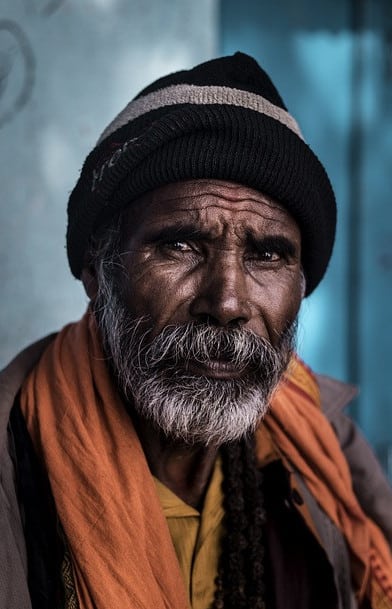
The site is a statement of the balance set up between the Nama people and the Karoo ecosystem. The Nama people just like the Maasai of Kenya have had the same practice of seasonal migration, whereby they construct rush mat houses known as haru om and graze with stock ports.
This seasonal migration was once widespread in Southern Africa for about 2000 years, and the Nama people are the last practitioners of it. In view of this cultural importance, the site was designated a World Heritage site in 2007.
6. UKhahlamba-Drakensberg Park.
UKhahlamba-Drakensberg Park is located in the Kwa-Zulu Natal province of South Africa and is part of a larger park that stretches into Lesotho.
The park is a critically important birding area, forming part of the Lesotho Highlands Birding area, and holds expansive yet significant highland wetland areas and has also been designated as a RAMSAR site.
Other than the birds, the park is an area of outstanding natural beauty, has one of the largest and most concentrated series of rock art paintings in Africa, and is home to the highest range of mountains south of Kilimanjaro.
The site was inscribed onto the World Heritage Site list in 2000.
Check out a detailed blog post on this UKhahlamba-Drakensberg National Park right here.
7. Vredefort Dome.
The Vredefort dome is the oldest astrobleme ( large meteorite impact structure) on Earth, and is estimated to be about 2 billion years old.
According to experts, the meteorite that landed in the area was estimated to have been about 10 km in diameter. The meteorite landed with so much energy its impact vaporized about 70 km3 of rocks leaving behind a crater that was 380 km wide.
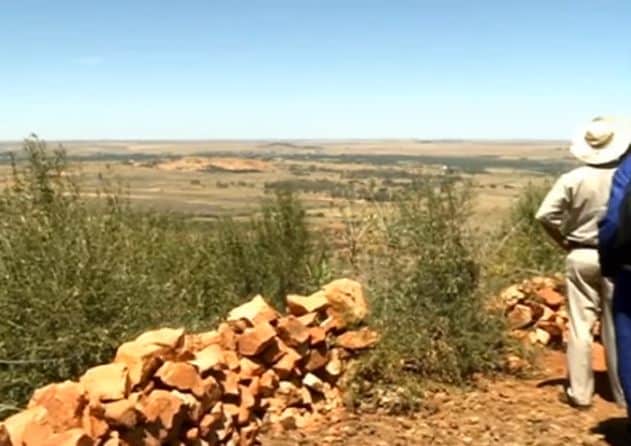
Time and natural forces have eroded everything away leaving only a dome of extremely hard granite rock. The site points to a major global event that led to global destruction and massive evolutionary changes.
The site, unlike other meteorite impact sites, has not been eroded out of existence by the Earth’s geological activities and thus offers researchers a better understanding of an astrobleme immediately after impact.
The site was designated a UNESCO world heritage site in 2005, read all about it in this blog post.
8. Mapungubwe heritage site.
Mapungubwe’s heritage site lies in the Northern part of South Africa in an area bordering both Zimbabwe and Botswana.
The site constitutes the remains of what was arguably one of Southern Africa’s most powerful and significant indigenous kingdoms.
The kingdom of Mapungubwe was also the region’s first great empire, flourishing between the 11th and 13th centuries.
Its people were highly sophisticated and were involved in trade with the likes of the Chinese, the Indians, and Swahili traders from the East African coast trading in valuables like ivory and gold.

The site has significant cultural importance to both the indigenous people of the area, some of whom are descendants, and to the history of the Southern Africa region as a whole. In recognition of this cultural significance, the site was added to the UNESCO world heritage list in 2003.
9. Khomani cultural landscape.
Khomani cultural landscape just like the Richtersveld Cultural and Botanical landscape is a testament to a people’s way of life, how they thrived in harsh conditions, and how they lived harmoniously with nature.
The site is named after the Khomani San who are currently the last remaining San people in South Africa. The site is unique in that it has documented and contemporary evidence of the San people’s way of life.
The site is located in the Northern part of South Africa on the border with Namibia and Botswana. The site was inscribed onto the World Heritage Site list in 2017.
Check out the expanded article on the Khomani Culture and landscape here!
10. Barberton Makhonjwa Mountains.
The Barberton Makhonjwa Mountains heritage list was added to the world heritage list in 2018 and is the 10th and newest heritage site in South Africa.
This site was inscribed onto the world heritage list because it contains the oldest, best-preserved sedimentary and volcanic rocks on the planet.

These well-preserved rocks hold evidence of some of the earliest forms of life on the planet, stromatolites and microfossils. The area is also known for its impressive beauty, as well as being an important habitat for a variety of animals and plants.
FAQS On The World Heritage Sites In South Africa.
Everything written here on these heritage sites will be expanded in future articles, but before that, let’s answer some faq’s that you might have already;-)
1. What is the first UNESCO world heritage site in South Africa?
South Africa accepted the World Heritage Convention on 10th June 1997, after which its historical and natural sites were eligible for inclusion on the UNESCO World Heritage Site.
The first South African site added to the world heritage list were the fossil hominid sites of South Africa in 1999.
2. What is the 9th world heritage site in South Africa?
The 9th site to be added to the world heritage list from South Africa was the Khomani cultural landscape found in the Northern Cape province of South Africa. The site was added to the list in 2019.
3. What is cultural heritage in South Africa?
Just as on their national flag, South Africa is a country of mixed people and cultures all who have a rich, varied, and sometimes storied history in the country, but who all contribute to the heritage of the country.
4. What is South Africa’s only mixed heritage site?
The only mixed heritage site in South Africa is the Ukhalamba Drakensberg Park. The site has some impressive and extensive rock art paintings by the San people and is also an important birding area for many species of birds.
My Final Conclusion.
I hope you found this blog post on world heritage sites in South Africa interesting and be sure that there will be more into-depth information on each one soon, just bookmark my website if you, please! 🙂
You can also join (one of) my social media pages below or my cozy Facebook group.
I wish you happy travels!
Kind regards,
Lizzy
I now have a YouTube channel as well!
YouTube
Hello Africa travellers!
Who am I? Well, the least you can say is that I am quite crazy about Africa, its nature, its climate, its culture, and more.
As a young woman in my twenties, I had already traveled to several African countries by traveling along in an overlander on my own and mostly camping ( or glamping ) and just fell in love with the diversity of it all.
So much, so that at the age of 26, I went back to university to study biology, which, unfortunately, I couldn’t finish because of health reasons (yes, I got sick from a tropical disease, oh cynicism). But this did not stop my dream of traveling back to Africa several times, and I still do.
My dream was back then to leave Europe and go study animal behavior, especially the elephants (sure, that’s every girl’s dream haha), but I am also very much intrigued by hyenas and other “ugly African animals“.
So, I “kind of” have a little bit of a scientific approach to my articles, when I write about African birds, for example. And most of all: the passion.
But life goes on, you move from one side of the country to the other, you get sick again and top it off with lower back problems, and before you know it, you are over 50 hahaha!
Now, I still travel to Africa, but take it a bit “easier” than the good old camping days, and stay in comfortable, yet affordable accommodations, together with my husband Wouter.
These are some of the countries I have traveled to: Kenya, Tanzania, Zanzibar, Malawi, Zambia, Zimbabwe, South Africa, Namibia, Botswana, Tunisia, and a little bit of Lesotho LOL .
While clearly not being African territory, but Spanish, I also visited Gran Canaria and Tenerife, and location-wise, I consider them “African”, because of their climate and nature, sue me :-p
The last trip I took was to South Africa in the year 2023, and it sure got the fevers for Africa back! From the Barberton mountains to the Drakensberg and the Southcoast, one month wasn’t enough at all to see the whole country, so we’ll be back! At ease and with a little bit more luxury than in my younger days haha!
I wish you happy travels!
Kind regards
Lizzy



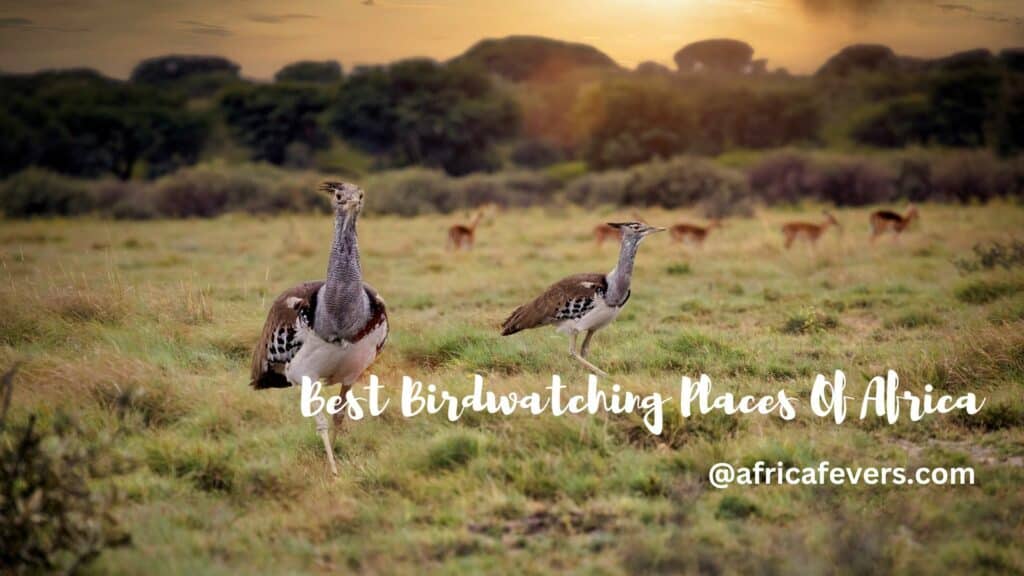

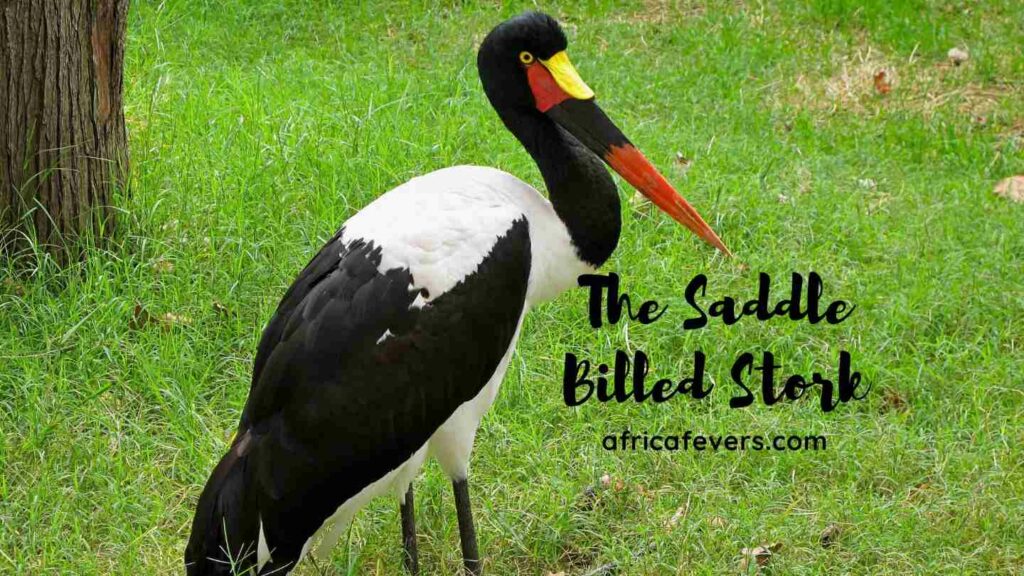
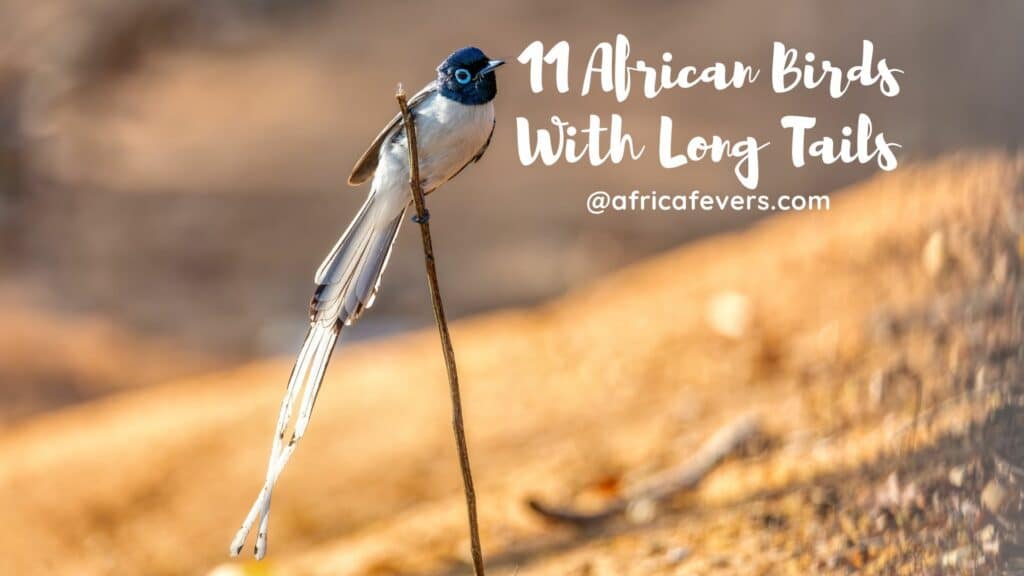
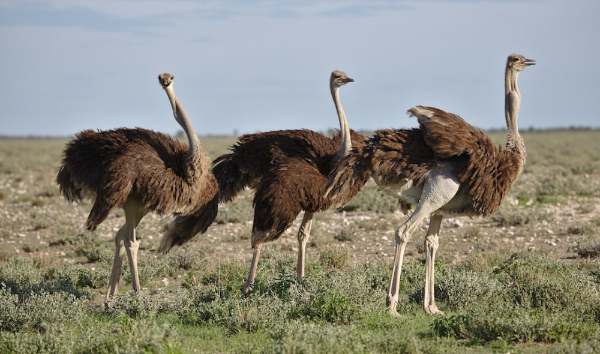
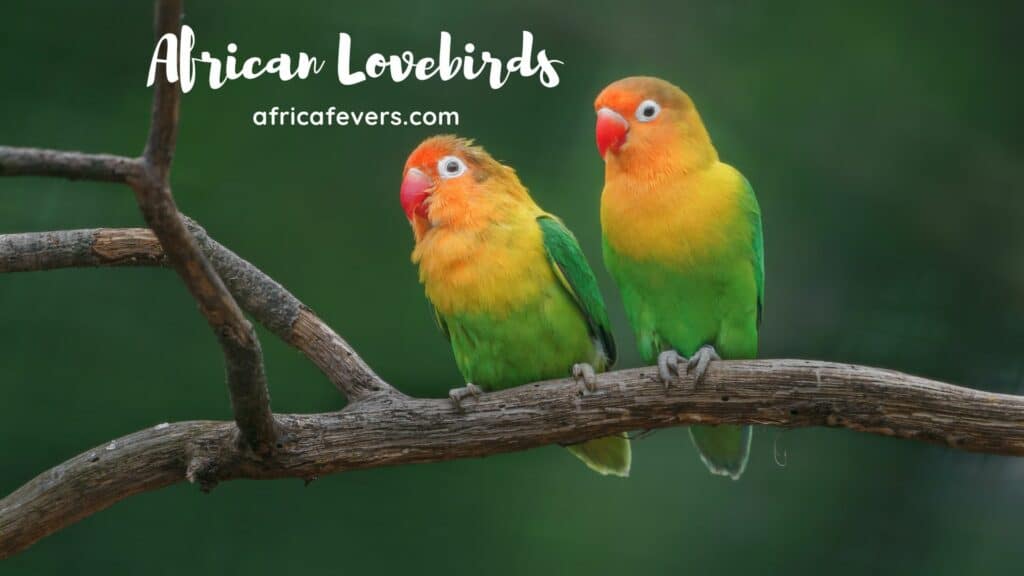


Wow, what an incredible list of World Heritage Sites in South Africa! It’s truly a country that showcases the best of Africa’s diverse beauty and rich history. From the Isimangaliso Wetland Park with its stunning estuary systems and coral reefs, to the Fossil Hominids site that reveals the presence of early hominids, each site offers a unique experience. I’m particularly fascinated by Robben Island, which holds immense cultural significance as a symbol of the struggle for democracy and freedom in South Africa. It’s amazing how these sites allow us to connect with our shared history and appreciate the wonders of the natural world. I can’t wait to explore them all!
Hello there!
Thank you so much for your wonderful comment and I wish you lots of “wows” on your travels to South Africa!
Kind regards,
Lizzy
What a lovely article thank you!
I have always seen documentaries about South Africa, a country that I liked a lot, I was looking around the article and it has all the points that describe the wild life, the way of life and the places to visit, I am amazed by the correct way of description. Wild life has always intrigued me. I think that everyone should read this material to have more information.
Hi Aida, thank you for your comment and I wish you happy travels to South-Africa 😉
Kind regards,
Lizzy